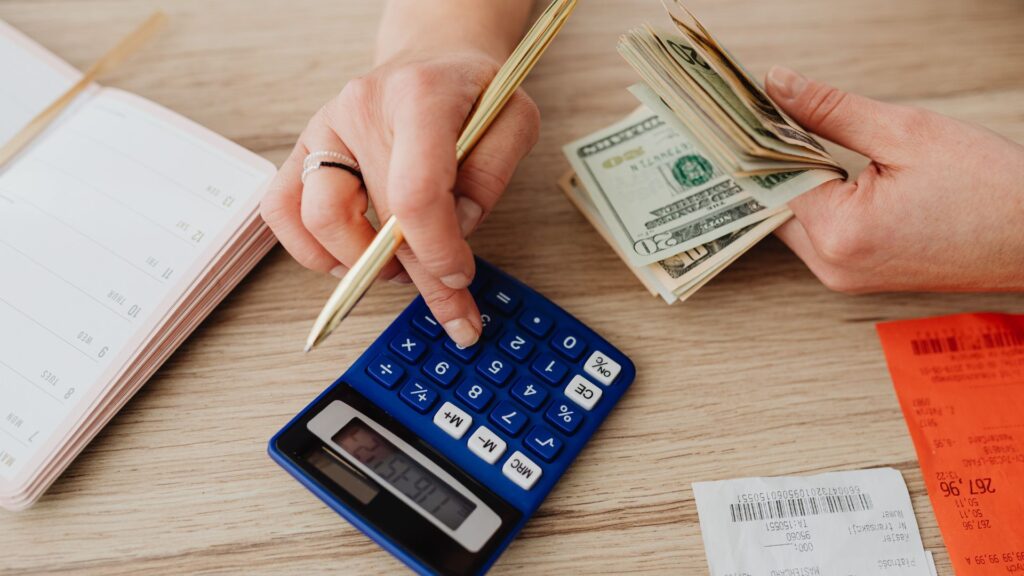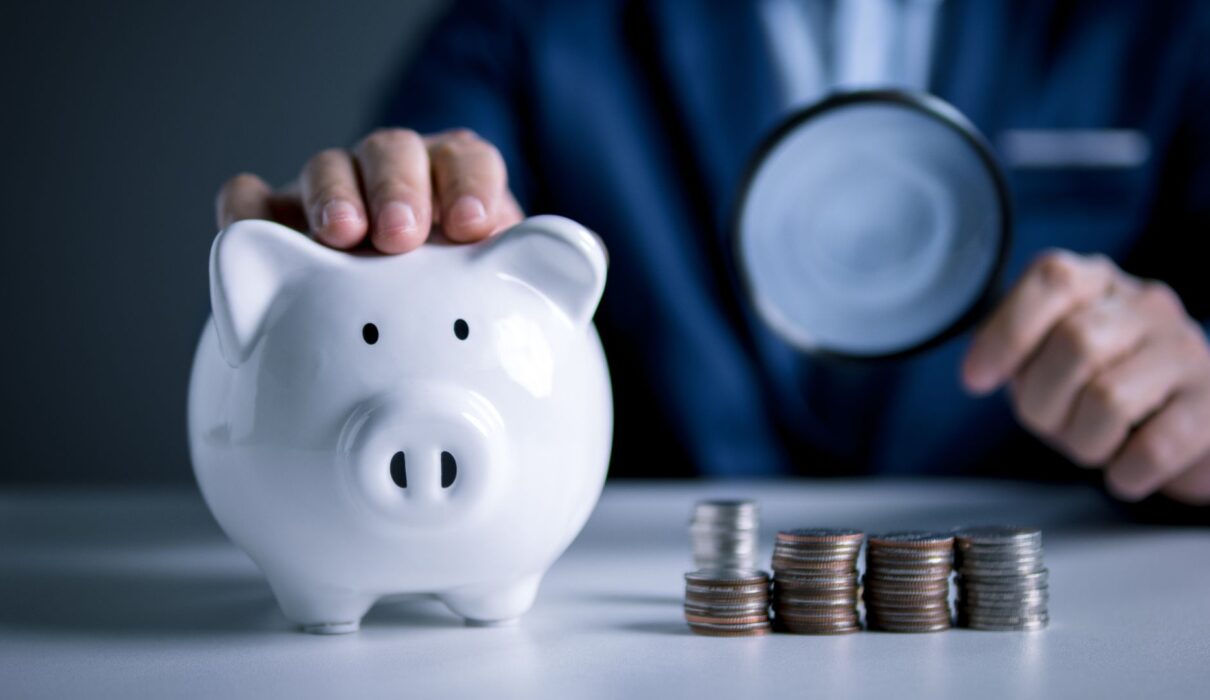In a world where the latest gadgets, fashion trends, and must-have items are constantly vying for our attention (and wallets), smart spending isn’t just a good habit – it’s essential for financial well-being. I’ve been on both sides of the spending spectrum, from impulse buys to penny-pinching, and I’ve learned that the key to maximizing your money isn’t about cutting out all the fun. It’s about making informed, mindful choices. Let me share with you some practical tips on how to spend smartly and get the most out of your hard-earned money.

Understanding Your Spending Habits
The first step to smart spending is understanding where your money goes. For a month, I tracked every penny I spent and was surprised to see how small expenses added up. This exercise helped me identify areas where I could cut back without feeling deprived.
Budgeting: Your Financial Roadmap
Creating a budget was a game-changer for me. It gave me a clear picture of my income, necessary expenses, and how much I could afford to spend on non-essentials. Budgeting apps and tools made this process easier, and sticking to my budget became a satisfying challenge.
The Power of Comparison Shopping
Before making any significant purchase, I started comparing prices and looking for deals. Whether it’s using price comparison websites, waiting for sales, or using coupons, a little research can lead to significant savings.
Quality Over Quantity
Investing in quality items that last longer, rather than opting for cheaper, lower-quality products, has saved me money in the long run. This approach applies to everything from clothing to electronics and furniture.
Mindful Spending
I learned to pause and think before making a purchase. Asking myself questions like, “Do I really need this?” or “Will this add value to my life?” helped curb impulse buying and made me more mindful of my spending choices.
The 30-Day Rule
For non-essential purchases, I implemented the 30-day rule. If I wanted something, I’d wait 30 days. If I still wanted it after that period and it fit into my budget, I’d go ahead. More often than not, the urge to buy had passed.
Investing in Experiences
Shifting my spending from things to experiences brought more joy and fulfillment. Travel, learning new skills, or enjoying a nice meal with friends often brought more lasting happiness than any physical item could.

